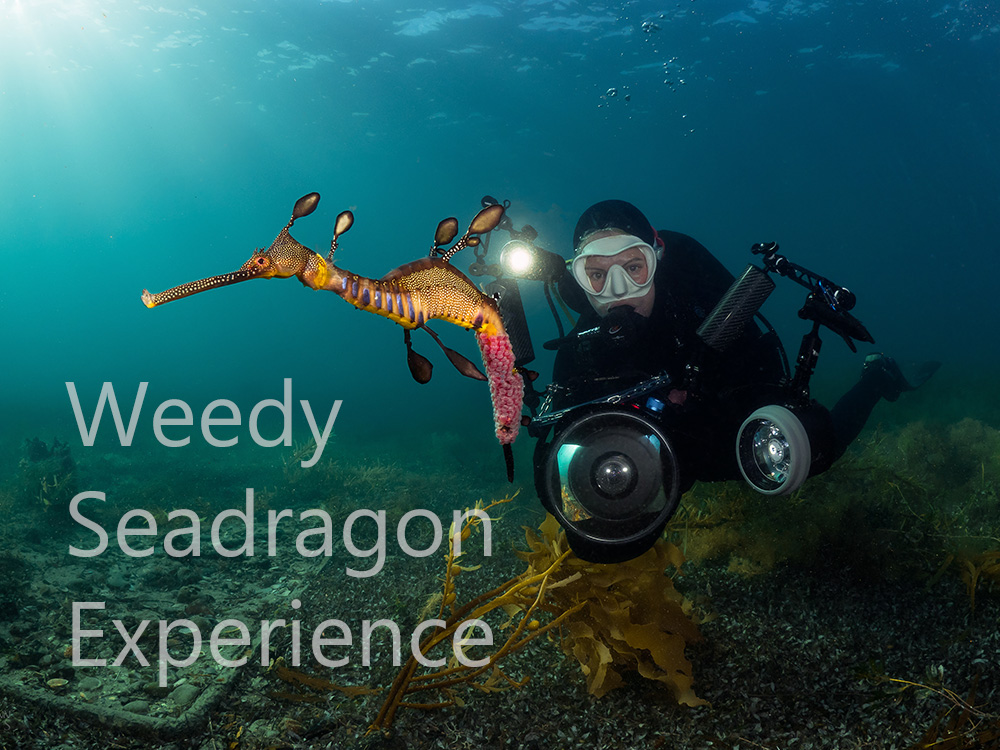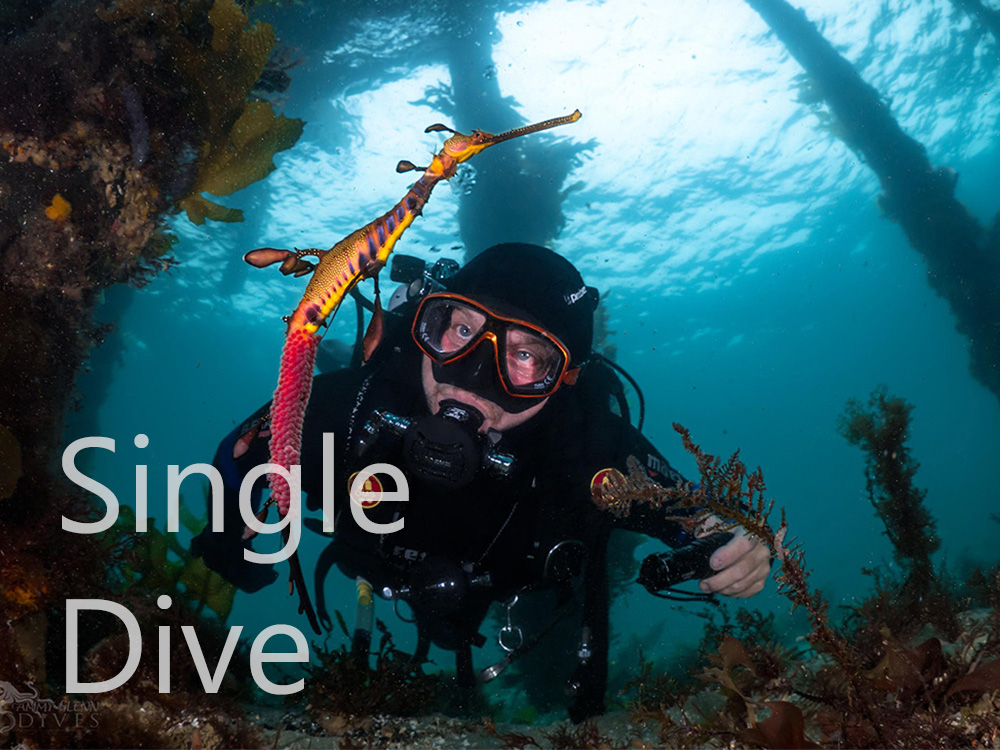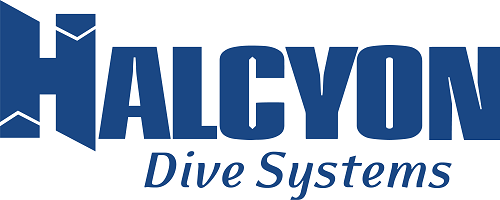Navigation
Joseph H Scammell
![]() Wreck Dive |
Wreck Dive | ![]() Shore access
Shore access
![]()
![]()
![]()
![]()
Three-Masted Wooden Ship | Max Depth: 5 m (16 ft)
The Joseph H. Scammell was a Canadian three-masted, wooden ship, built for the Scammell Brothers for the East Indies Trade. On her final voyage the Joseph H. Scammell left New York bound for Melbourne. The ship was forced ashore, on 7 May 1891, onto Point Danger Reef, Torquay, on Victoria's Surf Coast, by strong current whilst waiting for a pilot. Her wreck triggered a large scale episode of shipwreck pilfering and smuggling.
Diving the Joseph H. Scammell Shipwreck
The shipwreck of the Joseph H. Scammell lies in approximately 5 m (16 ft) of water off Point Danger, a limestone network of underwater reefs and gullies in the Point Danger Marine Sanctuary and typical of the great-southern-reef.
When weather conditions permit, on a perfect day, with no wind, no swell, and no current, diving and snorkelling at Point Danger becomes possible.
Once down at the water edge, head south from the sand channel entry point. Here you can hunt for signs of the Joseph H. Scammell shipwreck, though most of what's left is typically covered by sand. However, the sands are constantly moving with things constantly being covered and uncovered. You just don't know what you might see.
The shipwreck area is only 5 metres deep, which makes for long scuba diving run times and easy apnea diving.
When the Joseph H. Scammell was wrecked, thousands flocked to Torquay to see the stricken vessel. Many illegally took items from the shipwreck and the vessel was later sold for salvage.
There is a large anchor from the Joseph H. Scammell on the Torquay Foreshore, and a smaller one at Fisherman's Beach. The larger anchor is pointing to the location of where the ship came to grief.
Location: Anzac Drive, Torquay, Victoria 3228
MELWAY Ref: Page 506 B8
Beach Marker: 66W
Parking: From Geelong to the north, take the Surf Coast Highway (B100) to Bell Street in Torquay. Turn left onto Bell Street and follow it south. At the end of Bell Street, take the second exit at the roundabout, right onto The Esplanade. At the next roundabout exit onto Anzac Drive which is a large car parking area. Before gearing up check out the water. If you see lots of white water, head on home.
Warning: Weather conditions at Point Danger vary considerably with very strong winds and squalls frequently occurring. This is a highly hazardous area with deep water, rocks and reefs, with a strong rip feeder current running out past the headland. Experienced divers and snorkellers only.
Entry/Exit: At the south-eastern end of the car park you'll find a track and steps down onto the broad low-tide limestone platform at beach marker 66W on the southern side of Point Danger. At low tide you'll see a sandy channel heading south into the ocean which is the best place to enter and exit.
Ideal Conditions: Point Danger is a very exposed shore dive site, so it should only be dived when the seas are flat and calm with very little swell. Conditions are usually best with no wind, or after a few days of northerlies, as surface conditions remain calm.
See WillyWeather (Point Danger) as a guide for the tide times and the height of the tide.
Bass Strait Warning: Always keep an eye on sea conditions throughout any shore or boat dive in Bass Strait on Victoria's coastline. Please read the warnings on the web page diving-in-bass-strait before diving or snorkelling this site.
Joseph H. Scammell Shipwreck History — Built in 1884
The Joseph H. Scammell was a three-masted wooden ship, built in 1884, by D & C Eaton and Co of Eatonville, a small village in Cumberland County, Nova Scotia, Canada. The vessel was 1,460 t (1,609 s-ton) with dimensions of 223 ft (68 m) length, 39.2 ft (12 m) breadth and draught of 22.5 ft (6.86 m). The ship was launched in September 1884 and registered at Saint John, New Brunswick, the nearest large port. She would sail under a Canadian flag for her entire career.
Owned by the Scammell Brothers, the vessel was built for the East Indies trade and had been trading to India, Hong Kong and Australia successfully for five years.
Joseph H Scammell Shipwreck by Torquay Museum Without Walls
Joseph H. Scammell Sinking — Wrecked 7 May 1891
On 7 May 1891, the Joseph H. Scammell was on its 114th day of its voyage from New York City to Melbourne. The Joseph H. Scammell had set a course for Port Phillip Heads when bad weather and rough seas dragged the ship towards shores where it ran aground on Point Danger reef, near Torquay. There were 22 people aboard the Joseph H. Scammell, including the wife and daughter of Captain J A Chapman. The ship's dangerous position was first noticed by local fisherman at approximately 11 am. One of the fisherman, Felix Rosser, attempted to row out to the ship to provide assistance but was forced back to shore by strong seas. The following day after the seas had settled, the crew of the ship were able to lower a boat and evacuate all on board. Due to the incident, Captain J A Chapman had his master's certificate suspended for 12 months for careless navigation and negligence.
In the following days, the cargo of the ship was washed ashore and an estimated 2,000 locals began looting various merchandise which included tobacco, buggy sides, leather, clothing and kerosene. By the time customs officials and police arrived most of the cargo had already been looted. Within a week a man from Geelong had purchased the ship and its remaining cargo from an auction held on the beach. The ship's deck house was bought and incorporated into the second floor of a house at 24 Pride Street, Torquay.
The Joseph H. Scammell is historically and archaeologically significant as the wreck of an international inward bound cargo vessel. Most research on inward bound historic shipwreck material has concentrated on 19th century British shipwrecks and further knowledge can be learnt from the study and comparison of North American shipwreck cargo material.
The Surf Coast wrecks exhibit the fundamental difference between American and European bulk cargo international commercial sailing vessels in the last half of the 19th century, with the large wooden American vessels Eric the Red, Light of the Age, Joseph H. Scammell and Paul Jones offering a useful comparison with the wrecks of the European built composite and iron vessels W.B. Godfrey, Inverlochy, Glaneuse and Victoria Tower.
See also, Australian National Shipwreck Database: Joseph H. Scammell
Heritage Council Victoria: Joseph H. Scammell,
Wikipedia: Joseph H. Scammell (ship) and
Point Danger and the Joseph H. Scammell in "Shore Dives of Victoria" by Ian Lewis, 3rd edition pages 42–43.
Heritage Warning: Any shipwreck or shipwreck relic that is 75 years or older is protected by legislation. Other items of maritime heritage 75 years or older are also protected by legislation. Activities such as digging for bottles, coins or other artefacts that involve the disturbance of archaeological sites may be in breach of the legislation, and penalties may apply. The legislation requires the mandatory reporting to Heritage Victoria as soon as practicable of any archaeological site that is identified. See Maritime heritage. Anyone with information about looting or stolen artefacts should call Heritage Victoria on (03) 7022 6390, or send an email to heritage.victoria@delwp.vic.gov.au.
Point Danger Marine Sanctuary
Point Danger Marine Sanctuary (25 ha) is about 20 km south-west of Geelong, close to the township of Torquay and nearby Jan Juc, on Victoria's Surf Coast, facing south-east into Bass Strait. It extends from the high water mark at Point Danger offshore for approximately 600 metres east and 400 metres south, encompassing an offshore rock platform. It protects a shallow limestone reef nestled between two of Torquay's most popular beaches. Here a wide variety of marine creatures shelter amongst small boulders, seaweed beds, crevices and pools.
Sea Slugs at Point Danger Marine Sanctuary
Point Danger Marine Sanctuary is known for its diversity of sea slugs known as Opisthobranchs. Unlike the garden slug, sea slugs can be a range of exquisite shapes, colours and sizes. Over 96 species have been recorded in Point Danger Marine Sanctuary alone. The abundance of these creatures highlights the health of this ecosystem. While sea slugs are common in the sanctuary, it takes a trained eye to spot them as some are only 1–2 mm long.
Other Critters at Point Danger Marine Sanctuary
The crab Hexapus granuliferus and snail Tuberculiopsis septaplia are thought to have their westernmost distribution in the vicinity of Point Danger Marine Sanctuary. Common fish include leatherjackets, toadfish, Blue-Throated Wrasse and stingrays.
Rock Pools at Point Danger Marine Sanctuary
Point Danger Marine Sanctuary provides wonderful opportunities to explore the rock platforms at low tide. Take a look at the diverse range of marine life, with many types of marine organisms to be discovered in the rock pools.
Diving and Snorkelling at Point Danger Marine Sanctuary
Although quite exposed, Point Danger Marine Sanctuary offers good diving and snorkelling when conditions are very calm. Diving around the edge of the rock platform at low tide is particularly interesting. Scuba diving or snorkelling through the kelp forests of the outer reef may reveal schools of fish or rays patrolling. Generally, conditions are best at low tide.
Diving and snorkelling sites inside the Point Danger Marine Sanctuary include Point Danger, plus the Joseph H. Scammell heritage listed shipwreck.
Warning: There is often a lot of boat and PWC traffic in the Point Danger Marine Sanctuary area. Always take a dive float with a dive flag.
How to Get to Point Danger Marine Sanctuary
Point Danger Marine Sanctuary is located between Torquay's surf and front beaches. Torquay is a popular coastal town at the start of the Great Ocean Road (B100) approximately 100 km from Melbourne via the M1 freeway and Great Ocean Road (B100). Rock pools are often accessible at low tide via a sandy beach to the east or stairs leading down from the Memorial carpark.
See also Parks Victoria: Point Danger Marine Sanctuary,
Park Note: Point Danger Marine Sanctuary,
Point Danger Marine Sanctuary Map,
Point Addis Marine National Park, Point Danger Marine Sanctuary, Eagle Rock Marine Sanctuary - Management Plan, and
Point Danger and the Joseph H. Scammell, Torquay in "Shore Dives of Victoria" by Ian Lewis, 3rd edition pages 42–43.
Point Danger, Torquay was probably named by Surveyor George Smythe in 1846. The Point Danger Marine Sanctuary is part of the great-southern-reef.
You are not permitted to carry a spear gun while snorkelling or scuba diving in Point Addis Marine National Park.
Finding the Joseph H. Scammell
We've used a mark created from Google Earth based on the description of where the Joseph H. Scammell lies in the water by Ian Lewis in his book "Shore Dives of Victoria". If you go there please let us know if the GPS mark is okay, and give us a better one if it's not.
Traditional Owners — This dive site is in the traditional Country of the Wathaurong (Wadda-Warrung) people of the Kulin Nation. This truly ancient Country includes the coastline of Port Phillip, from the Werribee River in the north-east, the Bellarine Peninsula, and down to Cape Otway in the south-west. We wish to acknowledge the Wathaurong as Traditional Owners. We pay respect to their Ancestors and their Elders, past, present and emerging. We acknowledge Bunjil the Creator Spirit of this beautiful land, who travels as an eagle, and Waarn, who protects the waterways and travels as a crow, and thank them for continuing to watch over this Country today and beyond.
Joseph H Scammell Location Map
Latitude: 38° 20.581′ S (38.34302° S / 38° 20′ 34.87″ S)
Longitude: 144° 19.724′ E (144.328739° E / 144° 19′ 43.46″ E)
Datum: WGS84 |
Google Map
| Get directions
Added: 2022-04-10 00:55:24 GMT, Last updated: 2022-04-27 11:02:44 GMT
Source: Shore Dives of Victoria (approximate location only)
Nearest Neighbour: Point Danger, 300 m, bearing 327°, NNW
Three-Masted Wooden Ship.
Built: Nova Scotia, Canada,1884.
Sunk: 7 May 1891.
Point Danger Marine Sanctuary.
Torquay, Surf Coast.
Depth: 5 m.
[ Top ]
DISCLAIMER: No claim is made by The Scuba Doctor as to the accuracy of the dive site coordinates listed here. Should anyone decide to use these GPS marks to locate and dive on a site, they do so entirely at their own risk. Always verify against other sources.
The marks come from numerous sources including commercial operators, independent dive clubs, reference works, and active divers. Some are known to be accurate, while others may not be. Some GPS marks may even have come from maps using the AGD66 datum, and thus may need be converted to the WGS84 datum. To distinguish between the possible accuracy of the dive site marks, we've tried to give each mark a source of GPS, Google Earth, or unknown.
Copyright © 2005-2022 by The Scuba Doctor Australia, ABN 88 116 755 170. All rights reserved.
tel. +61 3 5985 1700 :: email. diveshop@scubadoctor.com.au :: Web site by it'sTechnical 2022





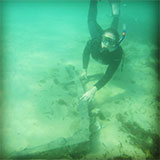


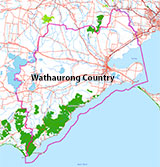





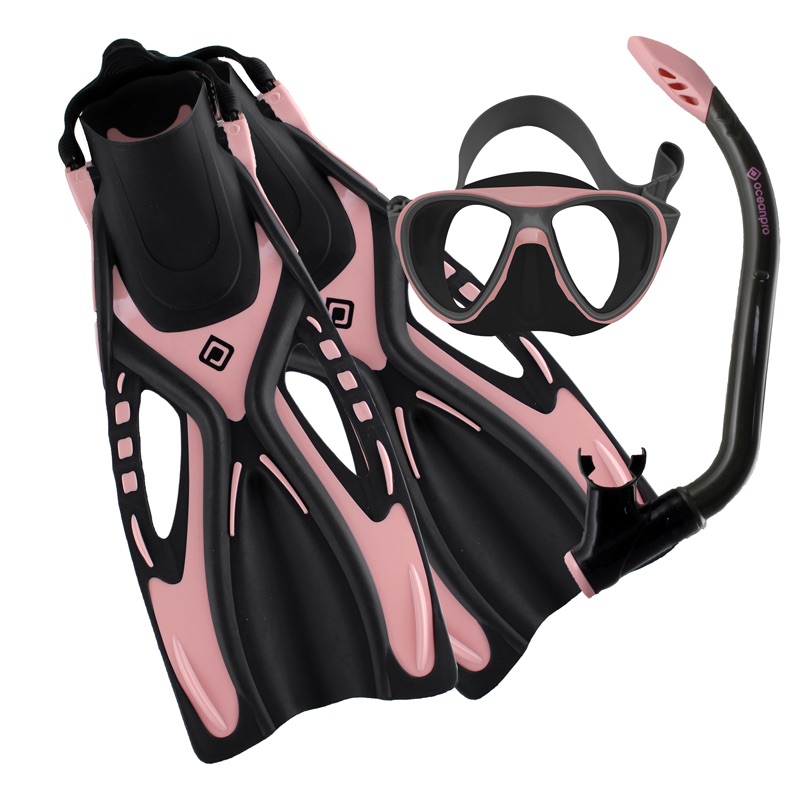




![Halcyon Infinity 30lb System [SS Small Backplate] Halcyon Infinity 30lb System [SS Small Backplate]](/diveshop/images/halcyon/Halcyon-Evolve-Wing.jpg)

